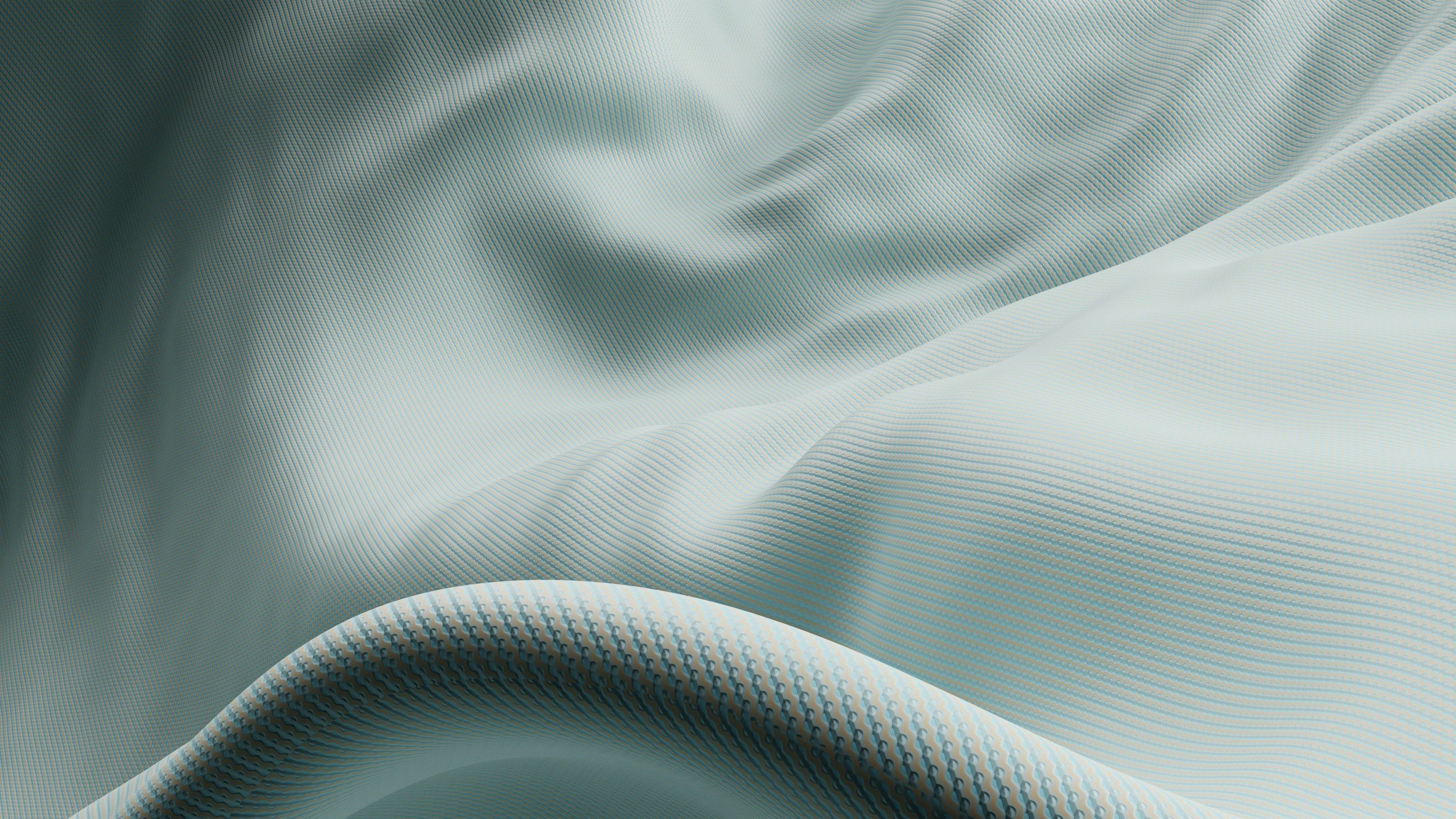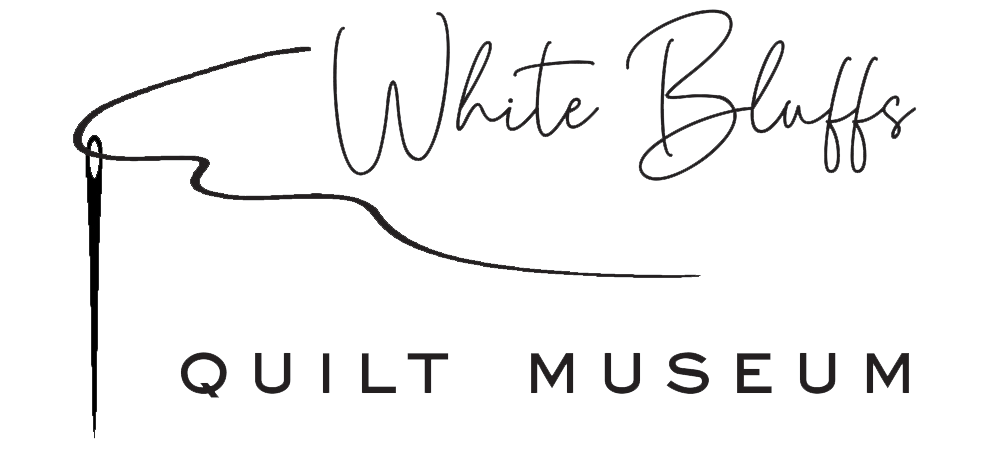

Cleaning your Quilts
Improper cleaning can permanently damage a quilt.
Machine washing and dry cleaning of heirloom quilts is not recommended as the agitation involved can damage fragile fibers. If a quilt needs repairs, it is advisable to complete the repairs prior to cleaning the quilt.
Options for cleaning include:
Vacuuming, using a low suction setting and nylon over the nozzle.
Wet cleaning by hand using water and gentle soap (after you have determined the fabric is colorfast and can withstand immersion in water).
Use a sheet to support the quilt’s weight and use only enough water to submerge the quilt
Soak, gently squeeze if needed
Rinse with clean water until the water is free of soap residue and dirt
White Bluff volunteers are available to help make decisions on how to clean your quilt.
Documenting Your Quilts and Textiles
Most of the quilts that we make today will outlive us. It is important that each quilt you make include a label that contains your name, the date that the quilt was made, and perhaps, the city and state where you live. Many labels include information on the reason that the quilt was made (wedding gift, anniversary, graduation, etc.) this information may also include dates and names of the quilt recipients. Today's sewing machines will embroider this information directly on the quilt back, or you may make a simple label, and stitch it carefully to the back.
As quilt conservators, we are constantly viewing antique quilts with no name, date or information to link that particular textile to the family that owns the item.
It becomes a detective game to determine "who made this quilt". Fortunately, quilts contain many clues to help in our search.
Most fabrics were produced for a short period of time. Books containing photographs of fabrics help us determine the year that the fabric was produced.
Date made circa?
Physical description? Top fabric? Color (predominate color)
Backing fabric? (predominate color, muslin, homespun, etc.) Batting, filling? (Cotton, wool, processed/unprocessed)
Construction technique? hand pieced? machine pieced?
Who quilted it? Church group? Quiltmaker? Local Quilting Bee?
Quilting/pattern/amount? How close together is the quilting?
Workmanship?
Condition? Needs cleaning? Has a tear___? Binding frayed?
Where did this quilt come from? (Came West in a covered wagon?) Hope chest? Moved from___?
Clearly, there are many more questions that can be asked. This quest may put you in touch with your family genealogist. It's a fascinating journey, as all family histories are. If you need assistance, bring your quilt to White Bluffs and let us help you on this journey.
Photograph Your Quilt or Textile
Taking a photograph with you, as you meet with your relatives is easier than bringing the quilt. These photographs and any family photographs you may discover will become an important part of the unique history of this family treasure.
